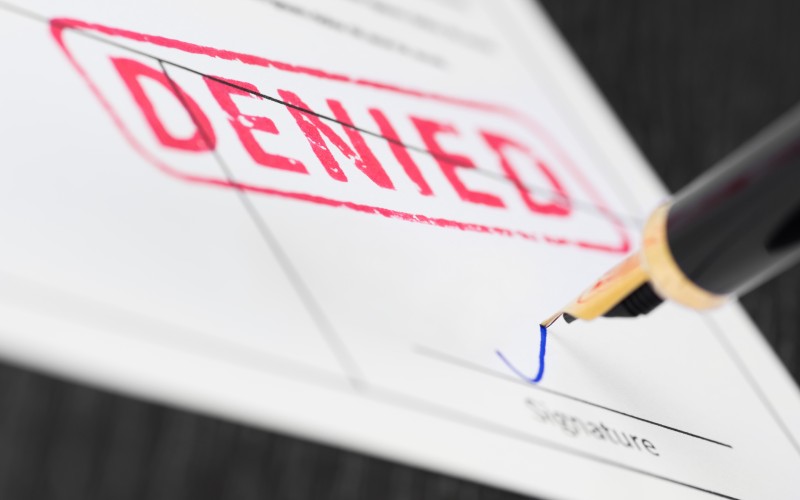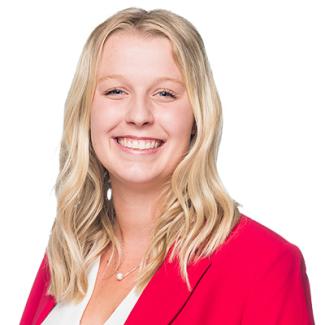
The US Patent and Trademark Office (USPTO) recently rejected Megan Markle’s trade mark application for her new homeware brand named ‘American Riviera Orchard’. The reasoning behind this rejection was that the mark is primarily geographically descriptive of the origin of the applicant’s goods.
‘American Riviera’ is a common nickname for Santa Barbara, California which is near Megan Markle’s home address. The USPTO advised that commonly used nicknames for geographic locations are equivalent to the proper geographic name of the location identified. Further, a product that is produced or a service provided near the geographic location in the mark is sufficient to support a finding that the goods or services originate in that geographic location. The USPTO advised that simply adding the word ‘Orchard’ to the geographic term does not diminish the primarily geographical descriptiveness of the applied mark. It was decided that as the goods and services originate near this location, a public association of the goods and services with the place is presumed especially as Megan Markle, the applicant’s owner, resides in the geographic place identified in the mark.
Although this rejection took place in the US, it is likely that this would have also been the decision of the United Kingdom Intellectual Property Office (UKIPO). The UKIPO will refuse an application if it is devoid of any distinctive character or describes the kind, quality, intended purpose, value or geographical origin of the goods and services being provided under the application. The rationale behind this being that descriptive phrases should be freely available for all businesses to use.
To avoid this happening to you, we have prepared a series of suggestions to help strengthen your trade mark application and mitigate the risk of rejection:-
Conduct a trade mark search
Before making an application to register a trade mark, it is important to conduct a search on the trade mark register in the countries that you wish to register your mark to confirm whether there are any identical or similar marks already on the register for similar goods and services. A trade mark search can help reduce the risk of your application being rejected and help avoid legal costs associated with objections.
Take legal advice
One way to mitigate the risk of your application being rejected is to take legal advice prior to submitting the application. A trade mark specialist will be able to provide advice specific to your proposed trade mark and help avoid the risk of problems arising later down the line if you fail to do your due diligence.
Use a distinctive mark
The UKIPO is very strict in rejecting marks that are descriptive of the goods and services you aim to provide. You should focus on using terms that set your brand apart from its competitors and try using unique words that do not directly describe the product but that are memorable. Try not to use marks that are similar to existing brands.
Be specific
When applying to register a trade mark, you need to choose the classes of goods and services that are applicable to your mark. It is important to make sure you are specific about the goods and services that your trade mark will cover to ensure that you are using the correct classes. You will need to ensure that you accurately list the specific goods or services that you are applying for as being too vague or too broad could weaken your application.
It is possible for you to cover a wide range of goods and services, including those you intend to use in the future. That said, focusing on the relevant areas is important.
Provide evidence
It is not a pre-condition that the mark is in use prior to application, however, there must be a genuine intention to use it. If you are challenged in this respect, you may need to show evidence of your intention.
If you are already using your trade mark, you can submit evidence of its use in response to any objection in order to try to overcome the objection on the basis that your mark has acquired distinctiveness through use.
Register a logo and word application
You can apply to register a word or logo separately or you can submit an application including both a logo and words in combination. If you are worried about your word mark being borderline descriptive, it may be beneficial for you to apply for a logo mark that includes a unique design. This will usually strengthen your brand’s distinctiveness as it will differentiate you from word or logo marks of a similar nature.
By applying the above tips, you can greatly improve the changes of your trade mark application being approved.
We have specialist solicitors available to guide you through each step of the process. For more information or to discuss your Trade Mark requirements call our specialist team on 03330 430350.

